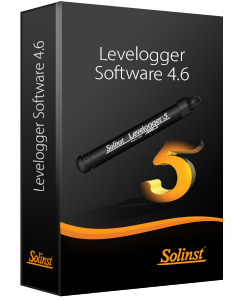- Using the Solinst-supplied Solar/12 Volt Cable Assembly (pt# 109452), shown in Figure 6-5, to connect to a user-supplied external 12V lead-acid battery (minimum 60 Amp-hour). See connection diagram in Figure 6-6.
Note:
The external 12V battery should have a minimum 60 Amp-hour rating. It is recommended you have a higher Amp-hour rating if you have a high report rate, or if your station is in a very remote location and you are not able to replace the battery easily.
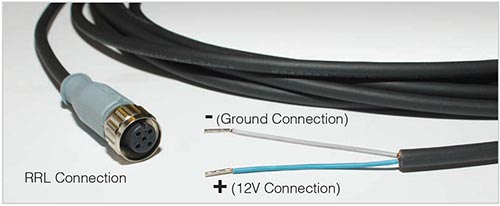
Figure 6-5 Solar/12B Cable Assembly (pt# 1094523)
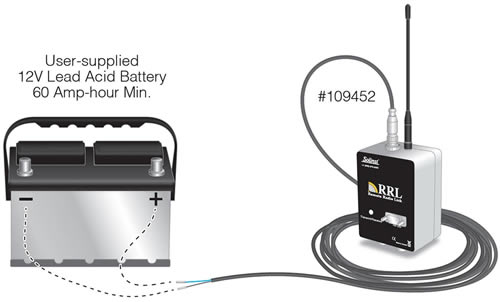
Figure 6-6 External 12V Lead-Acid Battery Connection
- Using the Solar/12 Volt Cable Assembly (pt# 109452) to connect to a user-supplied Solar Panel (minimum 15 watt) with a built-in regulator for 12V. See Figure 6-7 for the connection diagrams.
Note:
Solar panel power will not be available at night or during very cloudy conditions. If Reporting sessions are scheduled for these times, the internal batteries will be used.
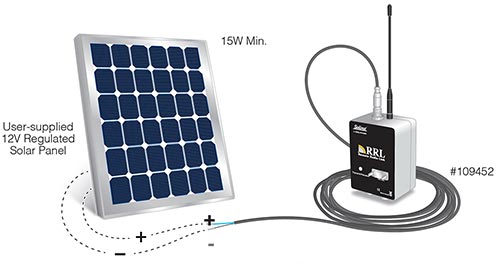
Figure 6-7 External Solar Panel Connection
- Using the Solar/12 Volt Cable Assembly (pt# 109452) to connect to an external user-supplied 12V leadacid battery (minimum 12 Amp-hour rating), trickle charged with a Solar Panel (minimum 15 W with a regulator for 12V). See connection diagram in Figure 6-8.
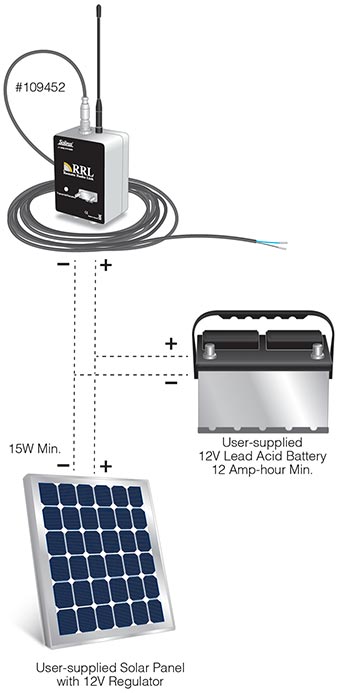
Figure 6-8 External 12V Lead-Acid BAttery with Solar Panel Connection
6.1.2 Solar Panels
A solar panel is connected to a RRL station using the Solar/12 Volt Cable Assembly (see Figure 6-7). The solar panel is user-supplied. The panel should output a minimum of 13V open circuit in order to effectively re-charge the batteries. As a guideline, the solar panel should be at least 15 Watts. Higher wattage panels are also suitable. The solar panel must also include a regulator to handle external battery charging cycle.


